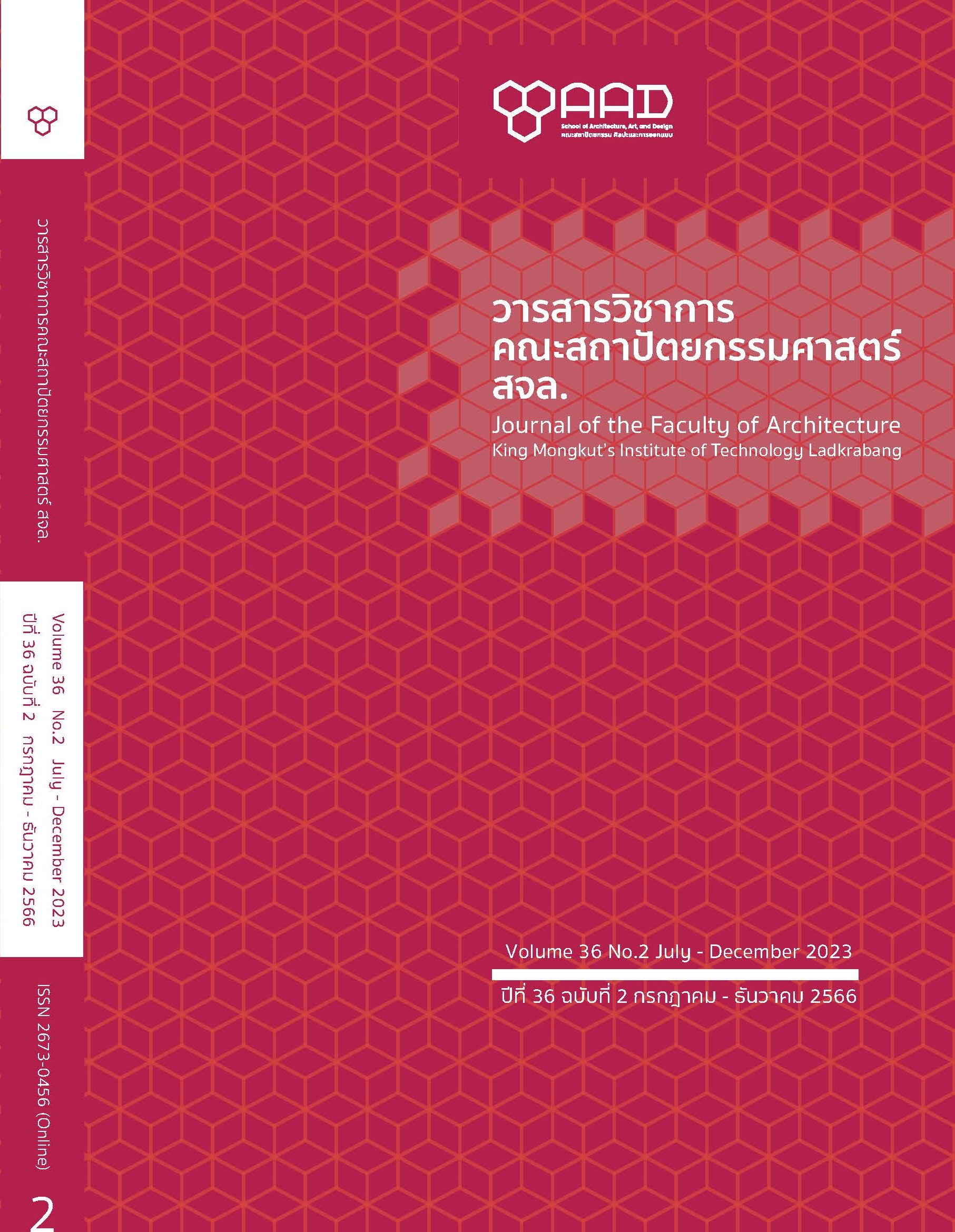Changes in Beliefs and Interpretation of Nezha Cultural Symbols: Creative Research on Picture Book Design
Main Article Content
Abstract
The article is part of research on “Changes in beliefs and interpretation of Nezha cultural symbols: Creative research on picture book design”. The study found that 1) the universal value of Nezha beliefs and culture shows the diversity and richness of human culture. 2) From analyzing various styles and appearances of Nezha and portrayed in the styles of "Superhero" found that this transformation of Nezha’s image reflects the diversity and openness of social culture. For a multicultural world, the image of a superhero is important internationally and across cultures, can promote exchange and integration between cultures, to build a harmonious society and participation of the people. 3. From the creation and development of the Nezha picture book, it was found that the application and representation of Nezha’s new image on the picture book "Little God Nezha" this time adds artistic charm and aesthetic value to picture books as well, and is also one of the tools used to propagate Chinese culture effectively.
Article Details

This work is licensed under a Creative Commons Attribution-NonCommercial-NoDerivatives 4.0 International License.
This work is licensed under a Creative Commons Attribution-NonCommercial-ShareAlike 4.0 International License.
Copyright Transfer Statement
The copyright of this article is transferred to Journal of The Faculty of Architecture King Mongkut's Institute of Technology Ladkrabang with effect if and when the article is accepted for publication. The copyright transfer covers the exclusive right to reproduce and distribute the article, including reprints, translations, photographic reproductions, electronic form (offline, online) or any other reproductions of similar nature.
The author warrants that this contribution is original and that he/she has full power to make this grant. The author signs for and accepts responsibility for releasing this material on behalf of any and all co-authors.
References
Duan, B. (2021). Talk about the development of innovative digital technology applied to adult picture books. Beauty and Times.
Gu, G. (2014). Macau Nezha Faith. Sanlian Bookstore.
Hao, J. (2011). Genre Movie Tutorial. Fudan University press.
Jing, S., Wu, J., & Jiang, Q. (2013). The Semiotic Interpretation of Folk Belief Generating Mechanism-ACase Study of Sichuan Jiangyou and Taiwan Nezha Faith. Journal of Xichang College, (Social Science Edition), 25.
Li, Y. (2010). Nezha Belief and It’s Spread in Bashu. Sichuan Academy of Social Sciences.
Meir, S. (2014). Indian Mythology and the Chinese Imagination: Nezha, Nalakubara and Krshna. University of Pennsylvania Press.
Xiao, D. (1994). Taoist Rituals and Tantra scriptures of Esoteric Buddhism. Xinwenfeng Publishing Company.
Xie, X. (1986). Myth and National Spirit. Shandong Literature and Art Publishing House.
Zheng, Z. (2003). Nezha Mythical View of Life. Fu Jen Catholic University.
Zongli & Baoqun. (1980). Three Religious Origins. Searching for Gods Volume Seven.


